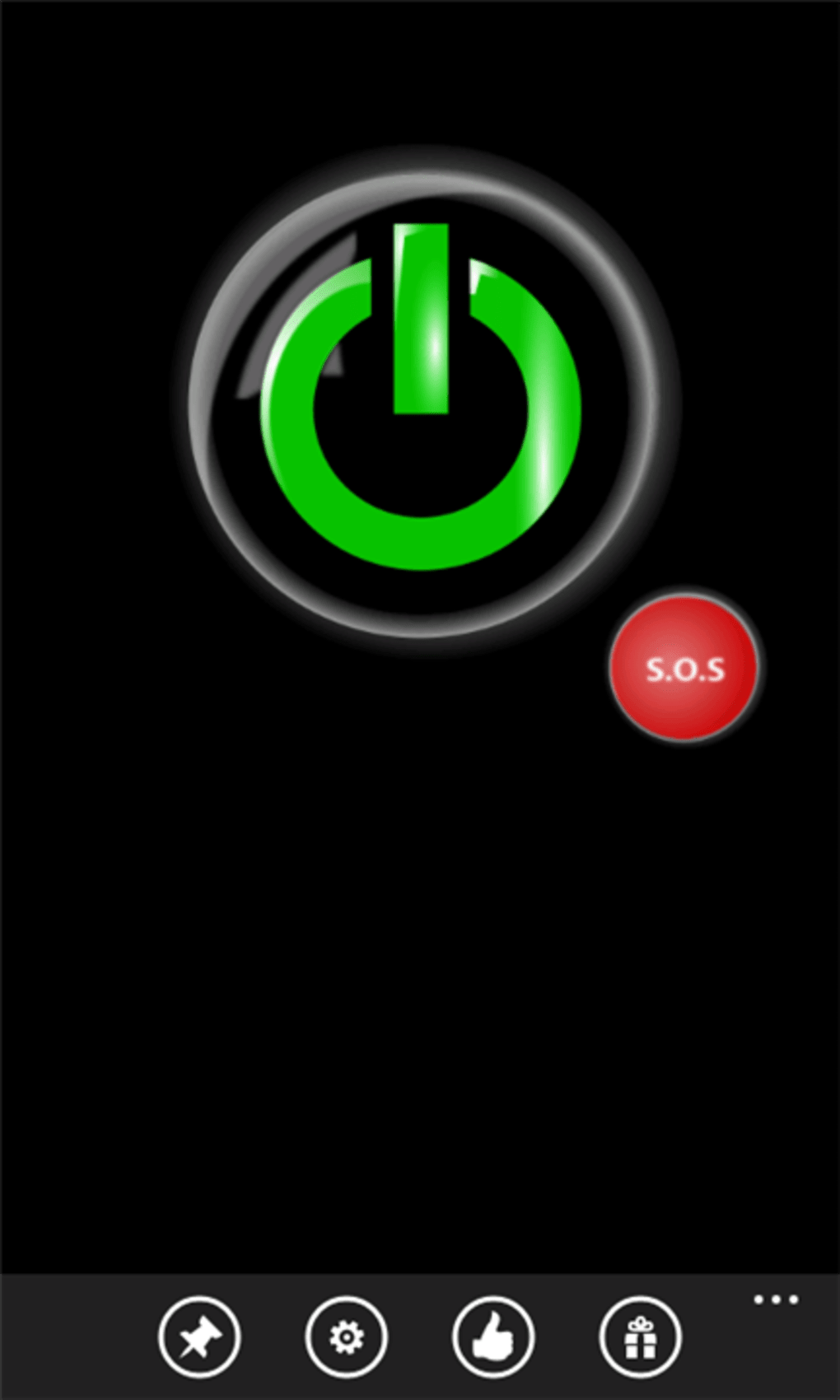

On the inside of the tube is a white powder coating that is fluorescent. For the traditional fluorescent tube lights (and the compact fluorescent lights), an internal gas is excited by accelerating electrons. This is actually how a fluorescent light works. With the lights out and UV light shining on it, the highlighter fluoresces and you can easily see it. If you look with just visible light, you don't see much. Here is an example of fluorescing highlighter marker on a wall. But if you shine this on some materials, it will produce light of lower frequency. In order to get fluorescence to work, you have to start with a higher frequency light-like violet or ultraviolet. The electron then takes multiple down transitions which produces different colors of light than the one that excited it. Some light is incident on the material and this excites an electron. For each transition down, they produce light-different frequency light. However, for some materials, electrons make multiple transitions to ground state.

Typically an electron will make the quantum leap (see what I did there) from one excited state to the ground state-just one jump making one color of light. The h is known as Plank's constant-but that's not really important right now.


 0 kommentar(er)
0 kommentar(er)
